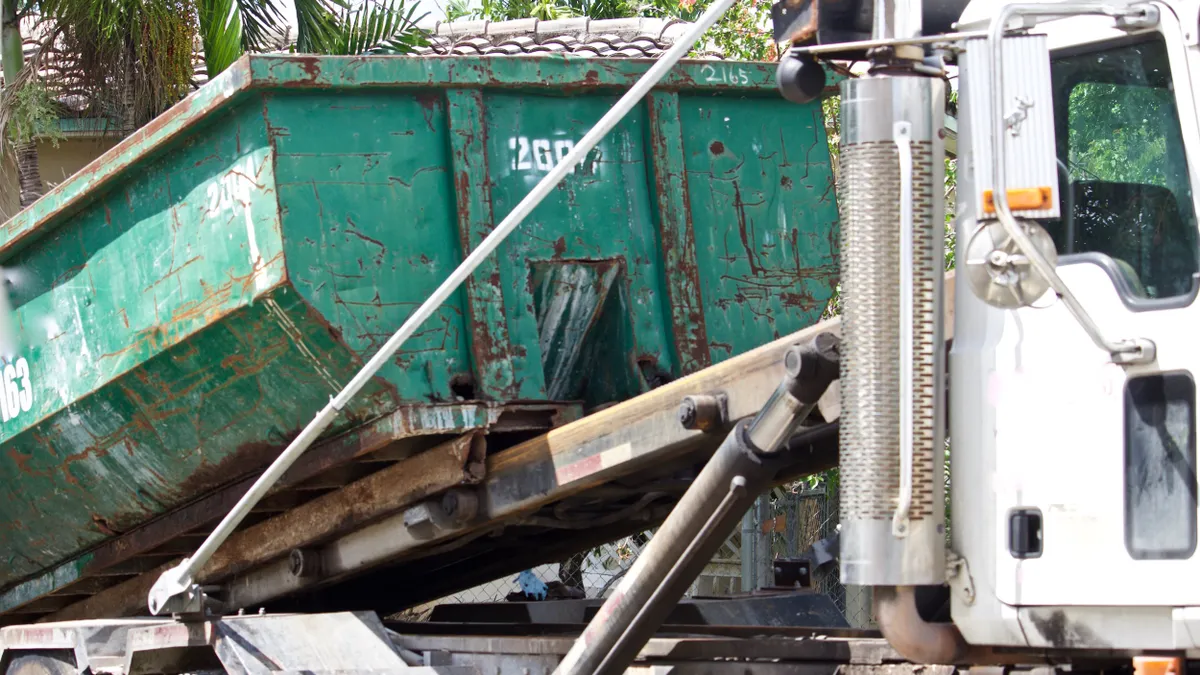We live in a throw-away world, which takes its toll on the environment, demonstrated by such realities as the tonnage of plastics — almost all from packaging — that inundates oceans.
However the "circular economy" invites product innovation and new business models in packaging. Some manufacturers and designers concerned about waste reduction are coming up with ideas like compostable chip bags and biodegradable plastics. Along the way, the packaging industry has gone through multiple evolutions: using less materials, then sometimes circling back to using more materials, though focusing on recyclable ones.
These new ideas and changes surface almost daily, according to Jorge Izquierdo, vice president of Market Development, Association for Packaging and Processing, a trade organization in Reston, VA.
With these innovations come interesting business partnerships, and sometimes consumers and municipalities are called on to get involved. Therefore, everyone in the supply chain takes ownership of the problems of accumulating waste from disposables.
Manufacturers learn as they go
"The traditional thought is the less packaging, the less material you leave in the environment," said Izquierdo, explaining this ideology has resulted in trends such as a reduction of plastic in water bottles — by up to 30% in the past 10 years — though the containers hold the same volume.
However a focus on extending a product’s shelf life and preventing its contamination or degradation sometimes generates more waste. Specially engineered milk cartons are one example.
"These cartons are made of layers of paper, plastic and aluminum, which blocks damaging UV light and oxygen to maintain freshness," said Izquierdo. "A problem is that by combining these materials it becomes complicated to recycle. The packages are going to landfills."
Fairly recent alternatives are the use of only polyethylene terephthalate (PET), though this requires more materials to provide the same protection. Manufacturers are finding other ways around the problems of layered materials — replacing chip bags manufactured with up to five combined materials with compostable materials.
Biodegradable plastics are entering the market
Some plastics made from plants like corn rather than oil are proving biodegradable. But Izquierdo cautions that consumers need to be careful, as some manufacturers falsely claim the additives in their plastics render them biodegradable, though the Federal Trade Commission is cracking down on misleading advertising.
There has been development in new biodegradable products that the market has not yet seen, such as computer chips and phone screens. However research indicates the break-down process takes months to years.
What specific manufacturers are doing
KTM Industries Inc., developed a biodegradable cornstarch product called Green Cell Foam, to replace polystyrene, polyurethane and polyethylene in single-use packaging for insulating or shock-absorbing applications. Green Cell Foam is used to pack gaming consoles, computers, automotive A/V systems, windows, and aircraft parts among other commodities.
Cosmetics company, Lush, focuses on product innovation, even before devising packaging — sometimes almost eliminating packaging altogether. Their 'naked' solid shampoo bars saved the equivalent of 9,000,000 plastic bottles that would have otherwise been used. Additionally, Lush’s cardboard waste goes back to the manufacturer to be recycled and returned as new boxes.
Manufacturers are also reducing waste from single-use packaging by increasing formulas’ concentrations, such as in Robinson's super concentrate Squash’d fruit squash and Unilever's compressed deodorants. Household cleaning products company Splosh sells concentrated refills online.
Tom's of Maine found a solution to the problem of wasted toothpaste. The company engineered a tube that retains its shape, making it easier to squeeze out more product, leaving less behind. The packaging itself leaves less waste as it requires minimal plastic.
Power in partnerships
Innovia Films, developers of film for food packaging and labels, partnered with Netherlands’ based packaging company Bio4Pack to create a bio-based packaging laminate for cereal bars and coffee. They use a compostable cellulose film as the outer layer, and a metallic film enhances the moisture barriers.
Innovia Films marketing manager, Packaging and Sustainability Andy Sweetman, said the partnership has enabled the company to raise the bar.
"[The product] is one of several that we are developing across the globe with key industry players to ensure we can meet demand for innovative, bio-based packaging solutions," Sweetman told Foodbev.com.
In addition to its toothpaste solutions, Tom’s of Maine formed a packaging technical stewardship team, joining representatives from the company’s manufacturing facility, engineers and marketing specialists focused on recyclability. It’s a way for them to hold more accountability, Tom's says on its website.
There are more challenges to be worked out
As new ideas evolve, the industry looks for ways to address issues like economics and education — for instance, people should know that compostable does not equate to biodegradable, and the material still must go through a process. Then there has to be infrastructure, such as a place to send that compost.
But every idea begins somewhere. A good start is for designers to consider how their materials impact resource use across the supply chain — from manufacturer to consumer — to prevent excess waste generated in production, transport, storage and disposal.








